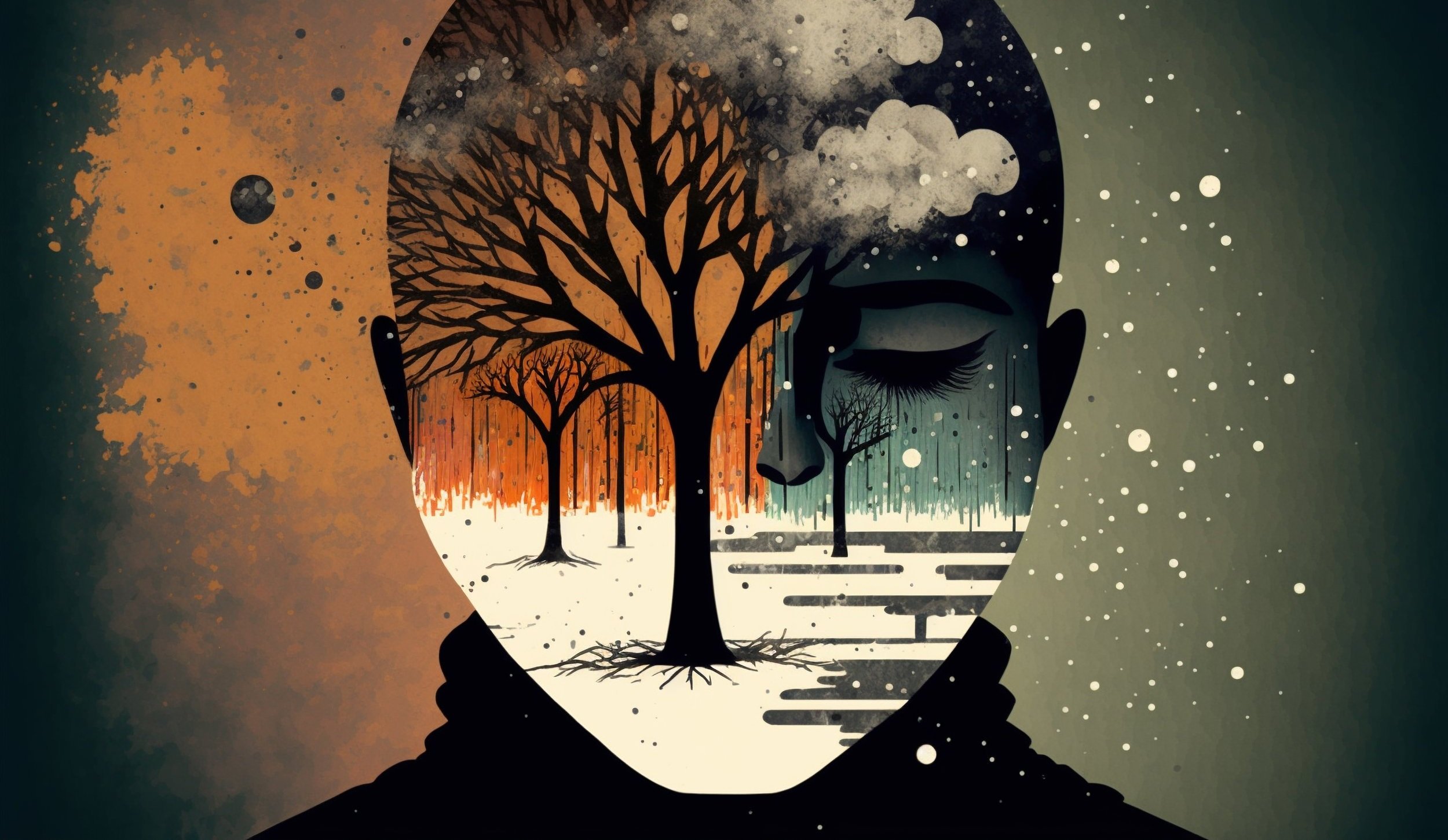Sarah’s Health Notes: Lighting up the winter blues
Winter has crept up on me this year. November is going past like a bullet train and I’m only just catching up with the fact it’s dark from around 4pm right through to about 8am. So important message to self – find my trusty Lumie light panel and use it every morning.
Just to be clear, I don’t have the major winter depression that’s indicative of Seasonal Affective Disorder. SAD has a significant effect on about 3% of people in the UK (about two million), more commonly women, according to the Royal College of Psychiatrists fact sheet. But I do get a bit grumpier and less buoyant moodwise, and I definitely have less energy – which puts me in the category often referred to as ‘winter blues’ or subsyndromal SAD. I discovered years back that sitting by a panel emitting bright light in the mornings really helped overcome this.
The Royal College of Psychiatrists (RCP) suggests light therapy for 30-60 minutes a day at breakfast time. Better not to use it after 5pm, they say, as you may find it hard to get to sleep. If you find it hard to wake up, dawn-simulating alarm clocks light up gradually from an hour before you want to wake up.
For fullblown SAD, bright light treatment has been shown in a meta analysis to bring about a significant reduction in the severity of depressive symptoms. It also seems to have a role to play in treating non-seasonal and also post-natal depression. According to associate professor of psychiatry at Harvard Medical School, Dr. Richard S Schwartz, speaking in October 2022: ‘For both seasonal and non-seasonal depression, the effectiveness of light therapy is approximately the same as antidepressant medications, or popular forms of psychotherapy such as cognitive behavioural therapy.’ Each of these therapies seems to improve symptoms in between 40-60% of people.
SAD and winter blues seem to be triggered by a drop in our daily exposure to sunlight. Light affects the 24-hour circadian clock in the brain, which regulates our sleep/wake cycles (SAD sufferers often find difficulty waking up), as well as digestion, hormonal activity and other functions in our bodies. Light exposure - or lack of it - also appears to affect other areas of the brain including the part that regulates mood and cognition.
People with SAD are often treated with antidepressants, as with other forms of depression – although there is little evidence of efficacy in anything except the most severe states. Antidepressants can also have side effects you really don’t want, including weight gain and sexual dysfunction. And it can be very difficult to come off them; around half of people trying to stop taking antidepressants find they experience withdrawal symptoms, which are severe for many and may last for weeks, months or years. So, as Dr Schwartz said, light therapy can be an ‘attractive alternative’ to pills.
Light boxes typically emit 10,000 lux: do buy one from a reputable brand (Lumie and Beurer are among those often recommended) and do read the directions. SADA, the self help group for SAD, has a Buyers Guide to SAD lamps. They are not usually available on the NHS as NICE (the National Institute for Health and Care Excellence) says the evidence is as yet ‘uncertain’.
In his editorial on SAD, pharmacist Shabir Daya at Victoria Health suggests that people with a milder form of SAD may benefit greatly from a herbal supplement such as Magnolia Rhodiola Complex. He also recommends Terra Nova Vitamin B and Vitamin C supplement; these vitamins have been shown to directly affect the neurotransmitters in the brain that affect mood and anxiety.
One interesting thing I found when researching help for my late brother’s Parkinson’s disease was that the then medical director of the charity Parkinsons UK recommended I get him a light box to help balance his circadian cycle. People with Parkinson’s very often have significant sleep problems, as my brother did. Light therapy may also improve gait and balance and reduce tremor. Large-scale trials are ongoing, according to Parkinson’s UK.
Other things that may help SAD and winter blues:
1. Spend time outdoors: go out for a morning walk for 20-30 minutes and sit out in the sunlight whenever you can every day; the best time is around noon; this will also help restore vitamin D levels
2. Eat regular meals with wholesome food
3. Exercise with a friend to help boost your mood naturally
4. Keep the same bedtime and waking up time every night
5. Practise breathing exercises and mindfulness to help you break out of negative thought cycles
6. Spend time with a pet to improve your mood, reduce stress/anxiety (and even lower high blood pressure)
7. Don’t isolate – keep social; join a group; do voluntary work that involves other people.




